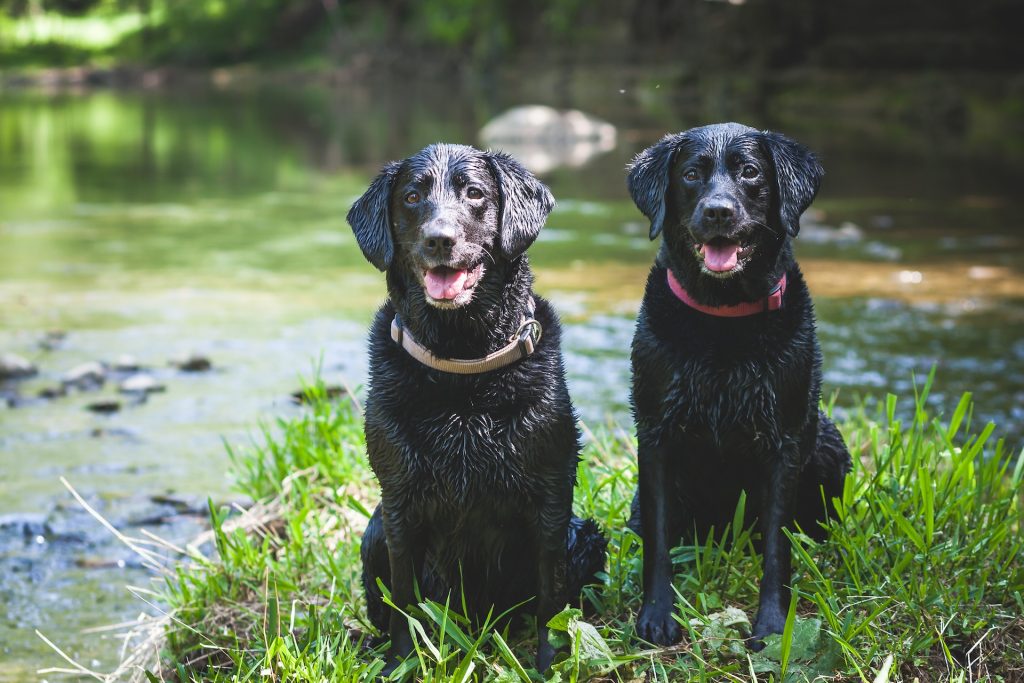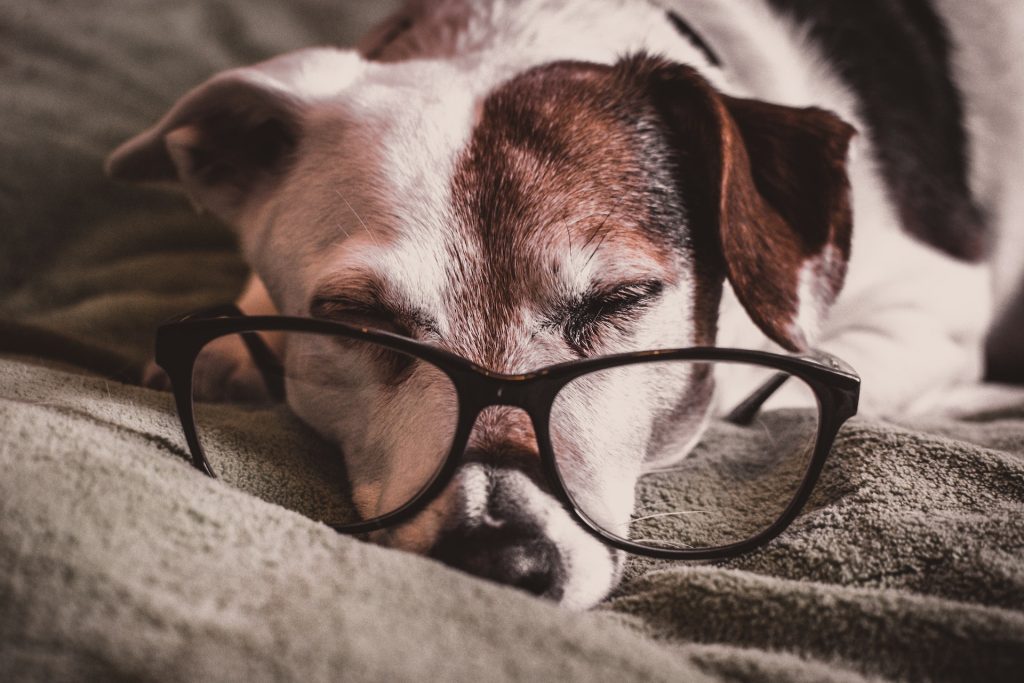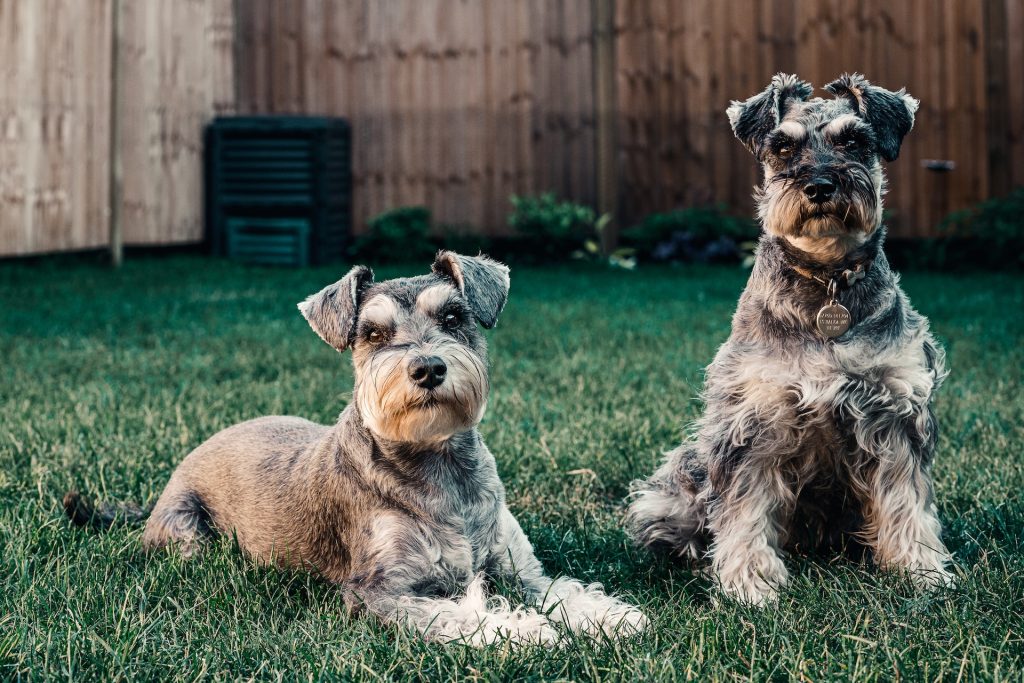Dogs are more than just pets; they’re cherished members of our families. As we strive to understand and care for them, one intriguing question arises: what colors can dogs see? While our world is painted in many colors, dogs perceive colors differently due to their unique visual system. Kontota, a trusted name in mobile dog grooming, understands how vision impacts a dog’s daily life and grooming experiences. Let’s explore the fascinating world of canine color perception and how it influences their behavior.

What Colors Can Dogs See?
Have you ever wondered what colors dogs can see? There are many answers to this question, but the science behind it provides a clear understanding. Humans are trichromatic, meaning we have three types of color receptors (cones) in our eyes cleaning, allowing us to see a full spectrum of colors, including red, green, and blue. However, dogs are dichromatic, meaning they only have two types of cones, which limits their color perception.
So, what colors do dogs see? Dogs can primarily distinguish blue and yellow, but they struggle with differentiating between red and green. This means their vision is similar to humans with red-green color blindness. Instead of seeing bright reds and greens, they perceive these colors as shades of blue, yellow, and gray.
The Canine Visual Spectrum
The canine world is filled with blue and yellow hues, making these the most dominant colors in their vision. While they may not see the full spectrum like humans, dogs have an excellent ability to detect brightness, contrast, and motion. Their enhanced night vision also allows them to see well in dim light.
What Colors Can Dogs Not See?
Since dogs lack the red-sensitive cone in their eyes, they cannot see red and green the same way humans do. This means that a bright red ball may appear as dark gray or brown to them, while green grass may seem dull or yellowish.
If you’ve ever wondered what color can dogs see?, the answer is mainly blue and yellow. Objects in these colors stand out clearly in their world, which is why many dog toys and training tools come in blue or yellow shades.
How Dogs Perceive Their Environment
Colors Dogs See Best
While they may not see red or green, dogs can distinguish different shades of blue and yellow. This ability helps them spot objects more clearly in low-light environments.
- Can dogs see blue? Yes, blue is one of the most prominent colors in a dog’s vision.
- Can dogs see the color green? Not in the way humans do. Green appears as a shade of gray or dull yellow to them.
Because of this, if you’re selecting toys, leashes, or training tools for your dog, choosing blue or yellow options can make it easier for them to see and interact with these items.
The Mystery of Red and Green
To a dog, red and green colors blend into the same dull shade. This means that if you throw a red ball on green grass, your dog may struggle to find it visually. Instead, they rely on their sense of smell and movement detection to locate objects.
Comparing Human and Canine Vision
Humans and dogs perceive the world differently. While humans appreciate the vibrant shades of a sunset, dogs rely on contrast, movement, and scent to navigate their surroundings. Understanding these differences can help you choose the best environments, toys, and training methods for your pup.
What Color Do Dogs See Humans?
Dogs likely see humans in shades of yellow and gray, depending on what we are wearing. Bright red or green clothing may appear muted, while blue and yellow clothing may stand out more vividly.
The Role of Color in Dog Training
Color plays a subtle but important role in dog training. Since colors dogs can see are mainly blue and yellow, using these shades in training tools can enhance communication. For example:
- Yellow agility equipment is easier for dogs to navigate.
- Blue training markers help reinforce commands visually.
By understanding what colors dogs can see best, pet owners and trainers can create a more effective training environment for their furry friends.
Enhancing Your Dog’s Visual Environment
Since dogs rely on contrast and motion more than color, their environment should be designed to stimulate their senses. Here are some ways to do that:
- Use blue and yellow toys to enhance playtime.
- Choose contrasting bedding and accessories that help your dog identify different objects.
- Provide a mix of textures and scents to stimulate their curiosity.

How Vision Affects Dog Grooming
At Kontota, we understand that a dog’s perception of their environment plays a role in their grooming experience. A grooming area with blue and yellow tones may feel more comfortable for dogs, making the experience less stressful. Additionally, using contrasting grooming tools can help dogs feel more at ease during the process.
Can Dogs See in the Dark?
Yes, dogs have better night vision than humans due to a higher concentration of rod cells in their eyes. These cells allow them to see well in low-light conditions, making them well-suited for nighttime activities like walks or guarding.
The Connection Between Color and Emotion
While dogs may not experience colors the same way humans do, they can form associations between colors and emotions. For example:
- A blue leash may signal a walk, causing excitement.
- A yellow toy may remind them of playtime.
Understanding how colors dogs can see influence their behavior can help pet owners make better choices in training, play, and daily interactions.

FAQs
Can dogs see any red or green at all?
Dogs have a limited ability to perceive red and green. These colors appear as muted shades to them.
What colors are most visible to dogs?
Dogs see blue and yellow most vividly. These colors stand out against their visual spectrum.
Do dogs react differently to different colored objects?
Yes, dogs respond to brightness, contrast, and movement, even if they don’t see the exact color.
Can dogs differentiate between shades of blue and gray?
Yes, dogs are skilled at distinguishing various shades of blue, which they see more clearly than red or green.
How can I enhance my dog’s visual environment?
You can enrich your dog’s world by introducing toys, bedding, and accessories in blue and yellow, along with contrasting textures.
Conclusion
While dogs may not see the world in the same vibrant hues that we do, their unique visual perception adds depth and intrigue to their experiences. Through their dichromatic lens, they navigate a world dominated by blues and yellows, where scents and movement tell stories beyond colors. Understanding what colors dogs can see helps us enhance their daily lives, training, and grooming experiences.
At Kontota, we believe in making the world comfortable and engaging for your furry friends. Whether it’s through grooming services or understanding their unique vision, we strive to provide the best care possible. Embracing their distinct perception allows us to build stronger bonds and create enriching experiences for our beloved dogs.



